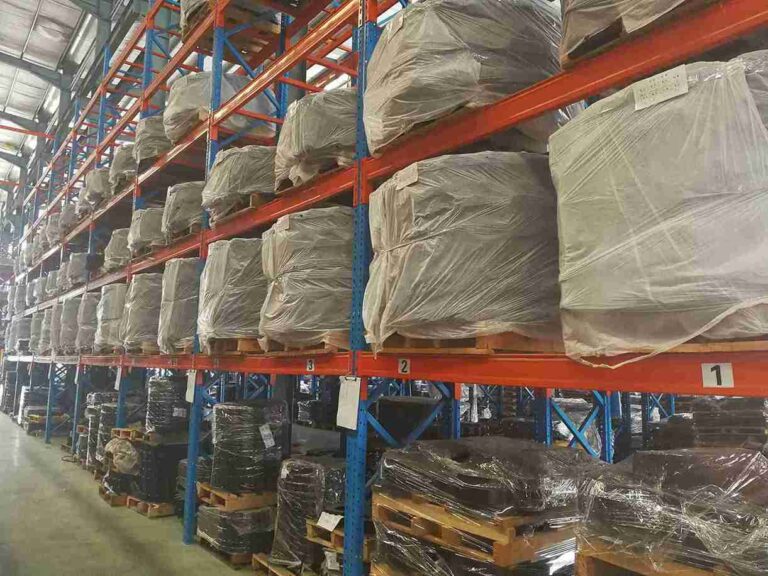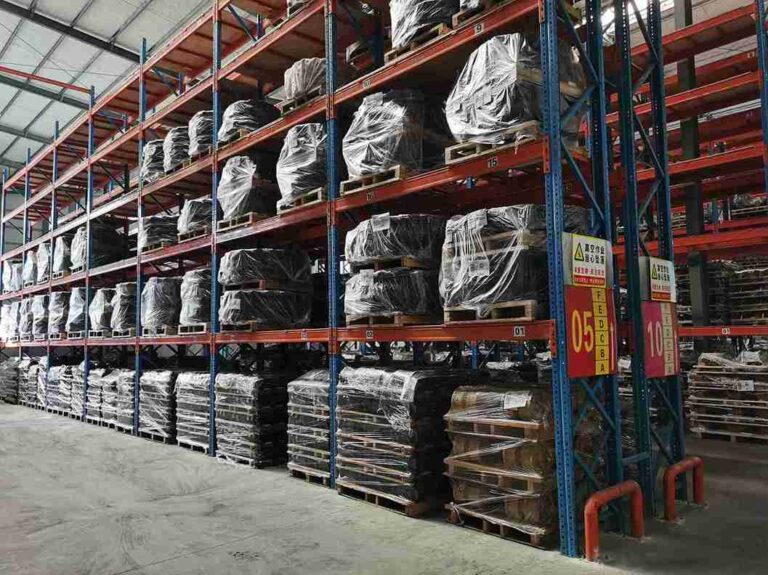📐 "First 50 Enterprise Queries Get Custom 3D Warehouse Design" Plan

Introduction: Smart Strategies to Reduce Beam Racking Costs
When it comes to beam racking cost-saving tips, businesses must balance affordability, durability, and efficiency. Warehouse managers and procurement specialists constantly seek ways to cut costs without sacrificing quality. This in-depth guide provides actionable beam racking cost-saving tips to help companies optimize storage, minimize expenses, and maximize ROI.
From selecting the right materials to negotiating supplier discounts, every decision impacts the total cost of ownership. By following these proven beam racking cost-saving tips, businesses can enhance storage capacity, improve safety, and reduce long-term operational expenses.

1. Understanding Beam Racking: The Backbone of Warehouse Storage
What Makes Beam Racking a Cost-Effective Solution?
Beam racking, also known as pallet racking, is a versatile and scalable storage system designed for high-density warehousing. Its modular design allows businesses to expand storage vertically, reducing the need for additional floor space.
Key benefits include:
- Lower per-pallet storage costs compared to alternatives.
- Easily adjustable configurations to fit changing needs.
- Long lifespan (15+ years) with proper maintenance.
By implementing beam racking cost-saving tips, companies can reduce upfront investment while improving efficiency.
2. Key Factors That Impact Beam Racking Costs
A. Material Selection: Balancing Cost and Durability
- Hot-rolled steel is more affordable than cold-rolled but slightly less durable.
- Powder-coated finishes increase longevity but add 5–10% to costs.
- Galvanized steel resists rust but is more expensive upfront.
Beam racking cost-saving tip:
Opt for standard gauge steel (12–14 gauge) unless heavy-duty capacity is required.
B. Load Capacity: Avoid Over- or Under-Spending
- Light-duty (≤ 2,000 lbs per shelf) – Cheapest but limited use.
- Medium-duty (2,000–5,000 lbs) – Best for most warehouses.
- Heavy-duty (5,000+ lbs) – Higher cost but long-term savings.
Beam racking cost-saving tip:
Choose medium-duty racks unless handling extremely heavy loads.
C. Custom vs. Standard Sizing: Which Saves More?
- Standard sizes are 20–30% cheaper and faster to install.
- Custom configurations maximize space but increase costs.
Beam racking cost-saving tip:
Use standard sizes unless unique warehouse dimensions demand customization.
3. Top 10 Beam Racking Cost-Saving Tips for Buyers
1. Buy in Bulk for Volume Discounts
- Suppliers offer 5–15% discounts on large orders.
- Plan future expansions to lock in lower prices.
2. Consider Used or Refurbished Racking
- Used beam racking can save 30–50% vs. new.
- Inspect for structural damage, rust, or bent beams.
3. Compare Multiple Suppliers
- Get at least 3–5 quotes before purchasing.
- Check supplier reputation (Google Reviews, BBB ratings).
4. Minimize Installation Costs
- DIY assembly (if feasible) cuts labor expenses.
- Pre-assembled racks reduce installation time.
5. Leverage Seasonal Promotions
- Look for year-end sales, Black Friday deals, or trade show discounts.
6. Optimize Warehouse Layout Before Buying
- Poor layouts waste space and increase costs.
- Use CAD or 3D modeling for efficient planning.
7. Choose Open-Ended Beams for Flexibility
- Allows easy adjustments without replacing entire racks.
8. Avoid Over-Engineering the System
- Excessive reinforcement adds unnecessary costs.
- Stick to actual load requirements.
9. Negotiate Free Shipping or Discounts
- Some suppliers offer free freight for bulk orders.
10. Invest in Preventative Maintenance
- Regular inspections prevent costly repairs.
4. How to Select the Right Beam Racking Supplier
A. Look for Industry Certifications
- RMI (Rack Manufacturers Institute) compliance ensures safety.
- ISO 9001 certification guarantees quality manufacturing.
B. Check Lead Times & Stock Availability
- Local suppliers reduce shipping costs and delays.
- In-stock inventory speeds up project timelines.
C. Evaluate After-Sales Support
- 10+ year warranties indicate confidence in product durability.
- Maintenance services extend rack lifespan.
Beam racking cost-saving tip:
Choose a supplier with a proven track record to avoid hidden costs.
5. Maintenance Strategies to Extend Beam Racking Lifespan
A. Conduct Regular Inspections
- Check for bent beams, loose bolts, or corrosion.
- Follow OSHA & RMI safety guidelines.
B. Train Staff on Proper Loading
- Overloading causes premature wear.
- Distribute weight evenly across beams.
C. Implement Rust Prevention Measures
- Use industrial-grade degreasers for cleaning.
- Apply anti-rust coatings in humid environments.
Beam racking cost-saving tip:
Proactive maintenance prevents costly replacements.
6. Common Mistakes That Increase Beam Racking Costs
A. Ignoring Warehouse Layout Planning
- Poor designs waste space and require costly modifications.
B. Choosing the Cheapest Option Without Research
- Low-quality racks fail under heavy loads, leading to expensive replacements.
C. Overlooking Safety Compliance
- Non-compliant racks risk fines or workplace accidents.
Beam racking cost-saving tip:
Invest in quality upfront to avoid higher long-term costs.
7. Future-Proofing Your Beam Racking Investment
A. Modular Design for Easy Expansion
- Add-on components allow scalability without full replacements.
B. Compatibility with Automation (AS/RS)
- Automated storage systems improve efficiency but require specific rack designs.
C. Sustainable & Recyclable Materials
- Eco-friendly steel reduces environmental impact and disposal costs.
Conclusion: Maximizing Savings with Smart Beam Racking Strategies
By implementing these beam racking cost-saving tips, businesses can reduce expenses, improve efficiency, and extend rack lifespan. From supplier selection to maintenance best practices, every decision impacts total cost of ownership.
The key takeaway? Smart purchasing, proper installation, and proactive maintenance lead to long-term savings.
FAQs: Additional Beam Racking Cost-Saving Insights
1. Can I mix used and new beam racking components?
Yes, but ensure compatibility in load ratings and dimensions to maintain structural integrity.
2. How often should I inspect my beam racking system?
At least once every 6 months, or more frequently in high-traffic warehouses.
3. What’s the average lifespan of beam racking?
With proper maintenance, 15–25 years, depending on usage and environment.
4. Are there financing options for beam racking purchases?
Many suppliers offer leasing or installment plans to ease upfront costs.
5. How do I calculate the right beam racking height for my warehouse?
Measure clear ceiling height minus forklift clearance (usually 12–18 inches).




